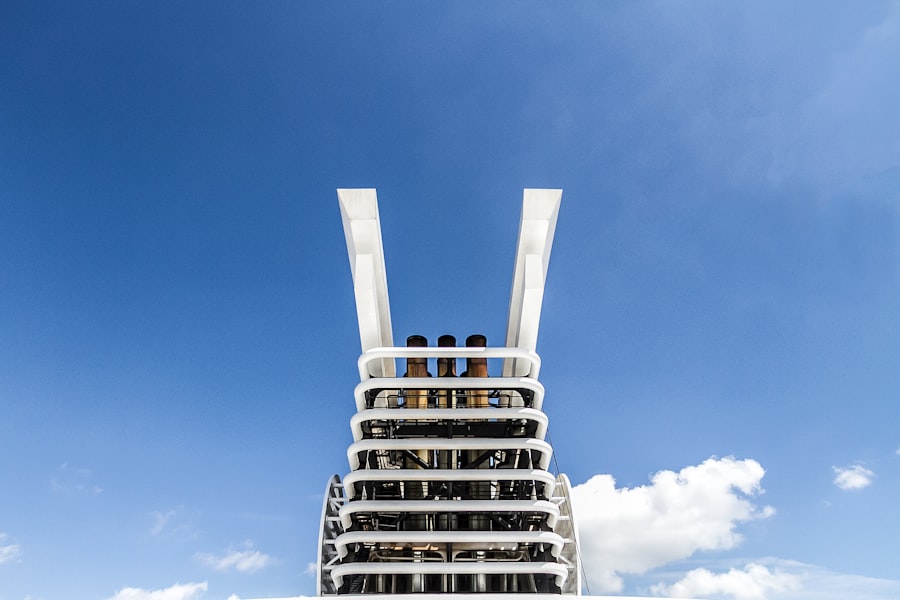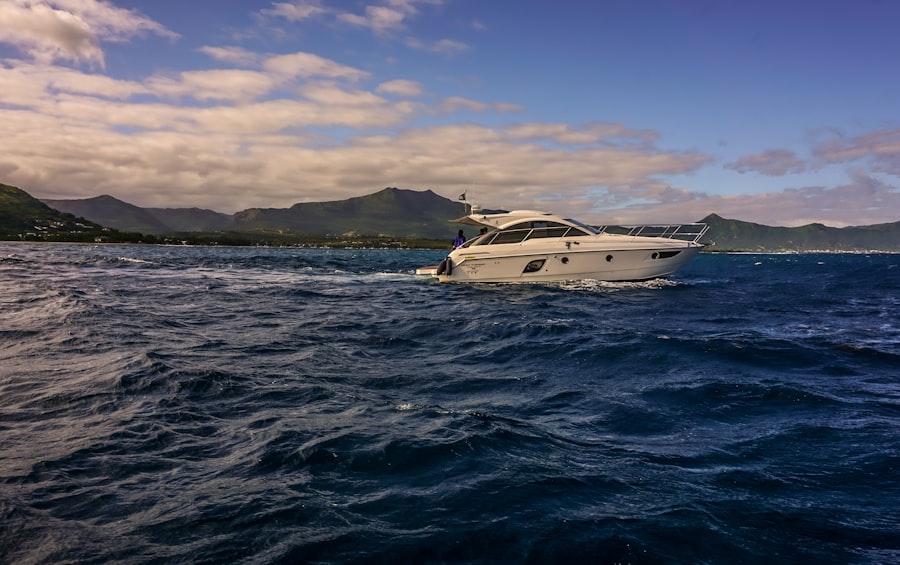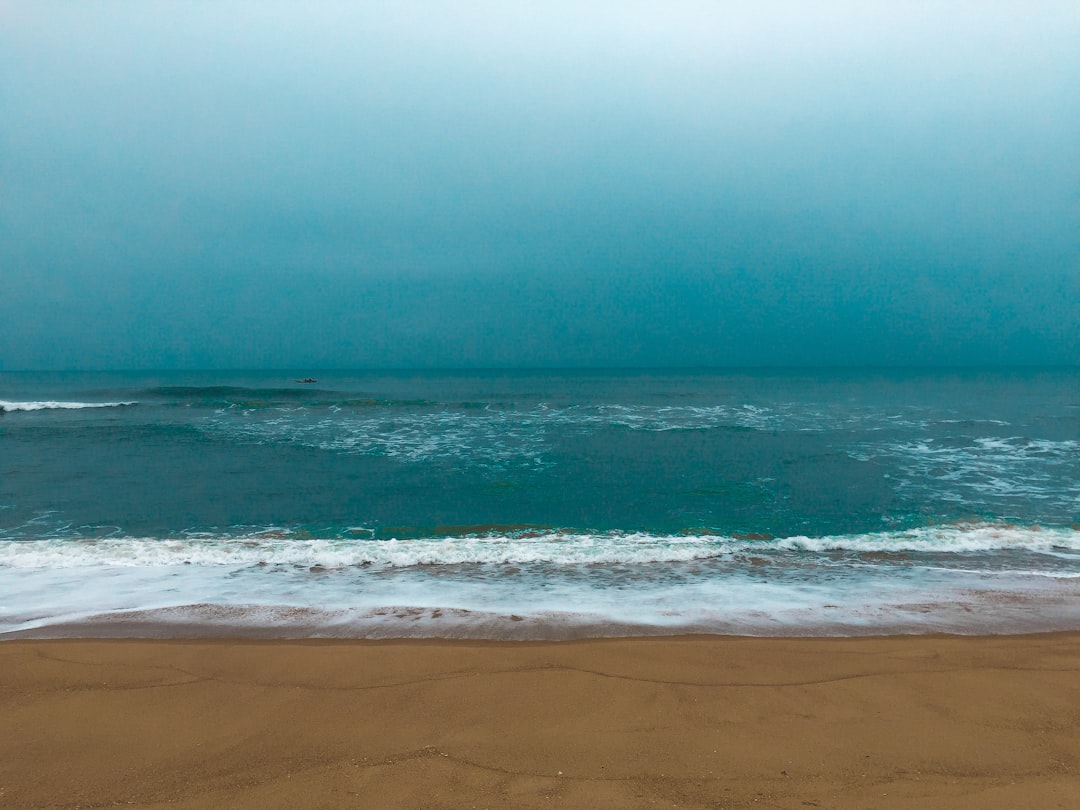The Drake’s Passage, a body of water situated between the southern tip of South America and Antarctica, is renowned for its tumultuous seas and unpredictable weather. This narrow stretch of ocean, measuring approximately 600 kilometers (370 miles) wide, serves as a critical maritime route for vessels traveling to and from the Antarctic region. Its significance extends beyond mere geography; it is a symbol of adventure and peril, drawing sailors, explorers, and researchers alike.
The passage is often characterized by its fierce winds and towering waves, which can reach heights of over 30 feet, making it one of the most challenging maritime routes in the world. The passage is named after Sir Francis Drake, the English explorer who was the first to navigate these waters in the late 16th century. His journey not only marked a significant achievement in maritime exploration but also highlighted the strategic importance of this waterway.
Today, the Drake’s Passage continues to be a focal point for those seeking to understand the complexities of ocean navigation and the natural forces that govern this unique environment. The combination of its historical significance and its reputation for treacherous conditions makes the Drake’s Passage a subject of fascination for many.
Key Takeaways
- The Drake’s Passage is a legendary and treacherous stretch of water located between South America’s Cape Horn and the South Shetland Islands of Antarctica.
- The history of the Drake’s Passage is filled with tales of exploration, shipwrecks, and daring voyages by famous explorers such as Sir Francis Drake and Charles Darwin.
- The weather and climate in the Drake’s Passage are characterized by strong winds, rough seas, and rapidly changing conditions, making it one of the most challenging maritime routes in the world.
- Navigating the Drake’s Passage presents numerous challenges, including unpredictable weather, icebergs, and strong currents that require careful planning and seamanship skills.
- Safety precautions for sailing through the Drake’s Passage include securing all loose items, wearing appropriate clothing, and being prepared for seasickness and rough conditions.
History of the Drake’s Passage
The history of the Drake’s Passage is steeped in exploration and adventure. Sir Francis Drake’s expedition in 1578 was a pivotal moment in maritime history, as he became the first known person to traverse these waters. His journey was not merely an act of exploration; it was also a quest for trade routes and territorial claims during an era marked by fierce competition among European powers.
Drake’s successful navigation through the passage opened up new possibilities for trade and exploration, paving the way for future expeditions to Antarctica and beyond. In the centuries that followed, the Drake’s Passage became a vital route for whalers, sealers, and explorers venturing into the Southern Ocean. The passage was often viewed as a gateway to the Antarctic, attracting adventurers who sought to uncover its mysteries.
Notable figures such as Ernest Shackleton and Robert Falcon Scott embarked on their legendary voyages through these waters, facing not only the challenges posed by nature but also the unknowns of uncharted territories.
Weather and Climate in the Drake’s Passage

The weather in the Drake’s Passage is notoriously unpredictable, characterized by rapidly changing conditions that can shift from calm to chaotic within moments. The region is influenced by a combination of ocean currents, wind patterns, and geographical features that create a unique microclimate. The infamous Roaring Forties—a belt of strong westerly winds found between 40 and 50 degrees latitude—contribute significantly to the turbulent conditions experienced in the passage.
Sailors often find themselves at the mercy of these powerful winds, which can create formidable waves and challenging navigation scenarios. Temperature variations also play a crucial role in shaping the climate of the Drake’s Passage. During summer months, temperatures can range from mild to cool, while winter brings frigid conditions that can lead to ice formation.
The presence of icebergs and sea ice further complicates navigation during certain times of the year. Understanding these climatic factors is essential for anyone planning to traverse the passage, as they can greatly impact safety and travel times. Mariners must remain vigilant and adaptable, ready to respond to the whims of nature that define this legendary waterway.
Navigational Challenges in the Drake’s Passage
| Challenges | Impact |
|---|---|
| Strong currents | Difficulty in maintaining course |
| Icebergs | Potential collision hazard |
| Unpredictable weather | Difficulty in navigation and safety |
| Narrow passage | Increased risk of ship congestion |
Navigating through the Drake’s Passage presents a myriad of challenges that test even the most experienced sailors. The combination of strong currents, unpredictable weather patterns, and shifting icebergs creates a complex environment that requires careful planning and execution. One of the primary navigational challenges is the presence of powerful ocean currents that can significantly affect a vessel’s speed and direction.
These currents can create areas of turbulence known as “standing waves,” which pose additional risks for those attempting to cross. Moreover, visibility can be severely compromised due to fog and storms that frequently sweep through the region. This lack of visibility complicates navigation further, making it difficult for sailors to spot potential hazards such as icebergs or other vessels.
The need for advanced navigational equipment and skilled crew members becomes paramount in ensuring safe passage through these treacherous waters. Mariners must be well-versed in using radar systems, GPS technology, and traditional navigation techniques to successfully navigate the challenges presented by the Drake’s Passage.
Safety Precautions for Sailing through the Drake’s Passage
Given the inherent dangers associated with sailing through the Drake’s Passage, implementing safety precautions is essential for any voyage. First and foremost, thorough preparation is key. Vessels should be equipped with reliable communication systems, life-saving equipment, and emergency supplies to ensure crew safety in case of unforeseen circumstances.
Regular safety drills should be conducted to familiarize crew members with emergency procedures, enhancing their readiness to respond effectively during critical situations. Additionally, monitoring weather forecasts and sea conditions is crucial before embarking on a journey through the passage. Sailors should remain informed about changing weather patterns and be prepared to alter their course if conditions become too hazardous.
By prioritizing safety measures and remaining vigilant throughout their journey, sailors can mitigate risks associated with navigating this legendary waterway.
Wildlife and Natural Beauty in the Drake’s Passage

The Drake’s Passage is not only known for its challenging conditions but also for its stunning natural beauty and rich biodiversity. The waters are teeming with marine life, including various species of whales such as humpbacks, orcas, and blue whales that migrate through these waters during certain seasons. The sight of these majestic creatures breaching the surface is a breathtaking experience for those fortunate enough to witness it firsthand.
In addition to marine mammals, seabirds such as albatrosses and petrels are commonly seen soaring above the waves. These birds are adapted to life at sea and often follow ships for miles in search of food scraps. The stark contrast between the tumultuous waters and the serene beauty of wildlife creates a unique atmosphere that captivates adventurers and nature enthusiasts alike.
The ecological significance of this region cannot be overstated; it serves as a vital habitat for numerous species that rely on its rich marine resources.
Tips for Surviving the Drake’s Passage Waves
Surviving the waves of the Drake’s Passage requires not only skill but also mental fortitude. One essential tip for sailors is to maintain a steady course while navigating through rough seas. This approach helps minimize the impact of waves on the vessel and reduces the risk of capsizing or losing control.
Additionally, understanding wave patterns can aid in anticipating their movements, allowing sailors to adjust their speed and direction accordingly. Another crucial aspect is ensuring that all crew members are properly secured during turbulent conditions. Utilizing safety harnesses and ensuring that all equipment is stowed securely can prevent injuries caused by sudden jolts or shifts in weight aboard the vessel.
It is also advisable to keep communication lines open among crew members, fostering teamwork and collaboration during challenging moments at sea. By employing these strategies, sailors can enhance their chances of successfully navigating through the formidable waves of the Drake’s Passage.
Famous Expeditions and Voyages through the Drake’s Passage
Throughout history, numerous expeditions have traversed the Drake’s Passage, each contributing to our understanding of this remarkable region. One of the most famous voyages was undertaken by Ernest Shackleton during his ill-fated Antarctic expedition aboard the Endurance in 1914. Shackleton’s journey through these treacherous waters became legendary not only for its challenges but also for his remarkable leadership in guiding his crew to safety after their ship was trapped in ice.
Another notable expedition was led by Robert Falcon Scott in 1910 as part of his quest to reach the South Pole. Scott’s journey through the Drake’s Passage was fraught with peril, yet it exemplified human determination in the face of adversity. These expeditions have left an indelible mark on maritime history, showcasing both triumphs and tragedies that continue to inspire adventurers today.
Best Times to Sail through the Drake’s Passage
Timing plays a crucial role when planning a voyage through the Drake’s Passage. The best time to sail typically falls between late November and early March when weather conditions are relatively milder, and sea ice is less prevalent. During these months, temperatures are more favorable for navigation, allowing vessels to traverse with greater ease compared to winter months when frigid temperatures dominate.
However, even during peak sailing season, mariners must remain vigilant as weather patterns can still be unpredictable. Sudden storms or changes in wind direction can occur without warning, emphasizing the importance of thorough preparation regardless of timing. By carefully selecting their sailing window and remaining adaptable to changing conditions, sailors can enhance their chances of a successful journey through this legendary passage.
Alternative Routes to Avoid the Drake’s Passage
For those seeking alternatives to navigating through the Drake’s Passage, several routes exist that may offer safer passage depending on specific circumstances. One option is to consider sailing around Cape Horn via coastal routes along South America’s southern coastline. While this route may add additional distance to a journey, it can provide shelter from some of the more extreme conditions found within the passage itself.
Another alternative involves utilizing air transport for certain segments of travel when feasible. Charter flights or helicopter services can facilitate access to remote locations without subjecting vessels or crews to potentially hazardous conditions at sea. These alternatives highlight that while traversing through the Drake’s Passage remains an iconic adventure for many sailors, there are options available that prioritize safety without sacrificing exploration.
The Future of Navigating the Drake’s Passage
As climate change continues to impact global weather patterns, navigating through the Drake’s Passage may evolve significantly in coming years. Changes in sea ice distribution could alter traditional routes while also affecting marine ecosystems within this region. Increased shipping traffic due to melting ice may lead to heightened competition for resources among vessels traversing these waters.
Furthermore, advancements in technology may enhance navigational capabilities within this challenging environment. Innovations such as improved satellite tracking systems or autonomous vessels could revolutionize how mariners approach their journeys through treacherous waters like those found in the Drake’s Passage. As explorers continue to push boundaries into uncharted territories, understanding both historical context and future implications will be essential for safe navigation through this legendary passageway.
If you’re intrigued by the thrilling experience of navigating the Drake Passage and the formidable waves that accompany such a cruise, you might find it interesting to explore more about the geographical wonders and challenges of this region. A related article that delves into the intricacies of this treacherous yet fascinating passage can be found on MyGeoQuest. This resource provides a comprehensive overview of the natural phenomena encountered during such voyages. For more detailed insights, you can read the full article by visiting MyGeoQuest’s dedicated page on the Drake Passage.
WATCH NOW! Drake Passage: Earth’s Deadliest Waters Revealed
FAQs
What is Drake’s Passage?
Drake’s Passage is the body of water between the southern tip of South America and the northern tip of the Antarctic Peninsula. It is known for its notoriously rough and unpredictable seas.
What is a Drake’s Passage cruise?
A Drake’s Passage cruise is a journey through the treacherous waters of Drake’s Passage, often as part of an expedition to Antarctica. It is known for its challenging sailing conditions and large waves.
What are the waves like in Drake’s Passage?
The waves in Drake’s Passage can be extremely large and powerful, often reaching heights of 30 feet or more. The area is known for its rough seas and unpredictable weather, making it a challenging passage for ships.
Is it safe to cruise through Drake’s Passage?
While cruising through Drake’s Passage can be challenging due to the rough seas and large waves, modern cruise ships are equipped to handle these conditions. Experienced captains and crew are also well-prepared to navigate the passage safely.
What should I expect on a Drake’s Passage cruise in terms of waves?
Passengers on a Drake’s Passage cruise should expect to encounter large waves and rough seas. It is advisable to be prepared for potential motion sickness and to follow the guidance of the ship’s crew for safety measures.
